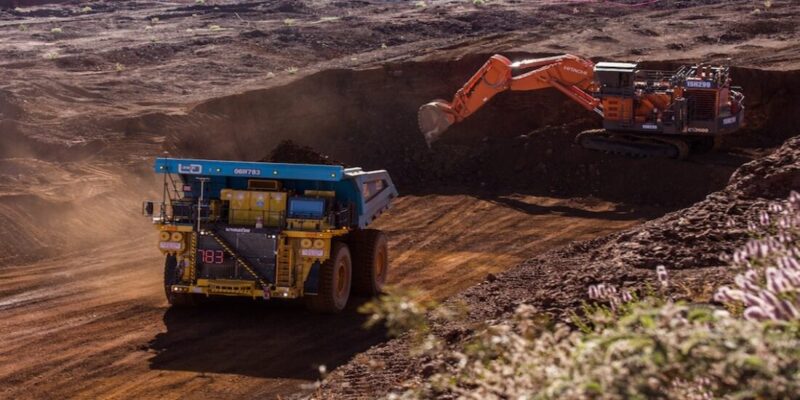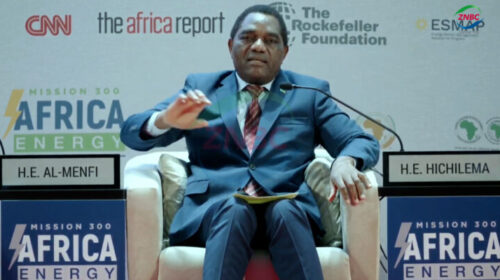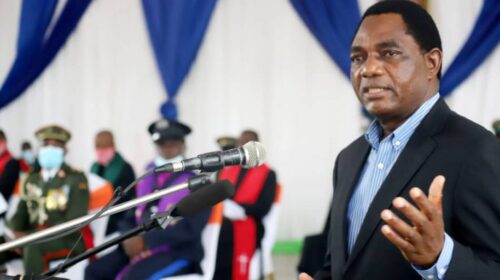Mining Platform applauds Power projects making a difference Africa
According to the latest edition of Mining Elites in Africa, mines on the continent are beginning to adopt hybrid power plants.
The power projects at two gold mines in Mali and at Ivanhoe’s Kamoa-Kakula copper production in the DRC were chosen in the annual publication as stand-out examples of making a real difference in the sector, and in particular of how mining companies are increasingly developing their own, greener sources of much-needed electricity.
Mining Elites in Africa 2021 was launched recently by Mining Review Africa.
“This year we chose to focus on mining companies who, through an extremely difficult time, have made a difference, for their own sustainability and on an even greater level, to the countries in which they operate and the economies they contribute to,” says Laura-Jane Cornish, Editor-in-Chief of Mining Review Africa.
Industry experts agree that the African mining industry rose to the occasion during 2020 with many companies implementing pro-active responses to the COVID-19 pandemic, while others impressed with innovative technological feats that not only assisted in the longevity of their operations, but also to their contribution to the local communities.
“Not only focusing on the bottom line but also incorporating softer, strategic goals clearly paid off,” says Cornish.
Mali in the lead
In the publication’s category of “Power Design and Delivery,” a planned 36MW solar plant with 92,000 solar panels will ensure a more stable power supply at B2Gold’s Fekola mine in Mali. The mine ranks as one of the biggest gold mines in Africa, producing around 600,000 oz of gold in 2020.
It is currently primarily powered by three Heavy Fuel Oil generators. The solar project will include a significant battery storage component of 17MW, is costing approximately $38-million and will result in one of the largest off-grid hybrid solar/HFO plants in the world.
Hybrid power plants
According to Mining Elites in Africa, those hybrid power plants on mines on the continent already in existence are likely to be outshone by a new hybrid plant at the Syama gold mine, also in Mali, which promises to be the most sophisticated and biggest yet seen at an African mine.
The Resolute Mining project will install one integrated power solution, combining solar, battery and thermal generation technologies while reducing carbon emissions by about 20%.
Syama mine is highly automated and produced 243,000 oz of gold in FY2019 and is currently supplied with power by a 28MW power station based on diesel generators, a solution which is expensive and far from ideal from an environmental perspective. The new plant, by contrast, will be highly efficient while also reducing the mine’s power costs by approximately 40%.
Power copper production in DRC
Ivanhoe’s ambition to become the world’s “greenest” copper miner drew nearer with Kamoa-Kakula’s plan to draw its electricity from three existing hydropower plants in the DRC with a combined capacity of 200MW.
The mining project near Kolwezi in the southern DRC could eventually develop into the second biggest copper mining complex in the world, second only to Escondida in Chile. The first production is forecast for Q3 this year.
In keeping with Ivanhoe’s green objectives, the mining complex will draw its electricity from three existing hydropower plants in the DRC, which will have a combined capacity of 200MW once they are upgraded and recommissioned.
Commenting on the project, Robert Friedland, Ivanhoe’s Executive Chairman, says it represents a significant private-public partnership venture between SNEL, DRC’s state-owned public utility, Ivanhoe and its main joint venture partner, Zijn Mining Group.
“Hydropower, with its virtue of being clean and renewable, is the best energy solution to support our development priorities as we continue to look for ways to reduce our impact on the environment and produce the copper the world requires,” he added.
Health and safety
AngloGold Ashanti is lauded for its successful malaria control programme that it launched at the Obuasi mine in Ghana 15 years ago. It has drastically cut the incidence of malaria at the plant and in the surrounding communities and the infection rate is continuing to decline.
Meanwhile, De Beers responded to COVID-19 with a range of measures at its global operations with possibly the most impressive initiative being the establishment of a COVID-19 testing laboratory at its Venetia mine in South Africa’s Limpopo province.
And according to the Mining Elites in Africa 2021, Royal Bafokeng Platinum has outdone many of its industry peers in terms of its response to COVID-19, delivering a hospital to support the fight against the pandemic. The company converted an unused mine in the North West province into a well-equipped 200-bed field hospital for its employees and community.
![]()





